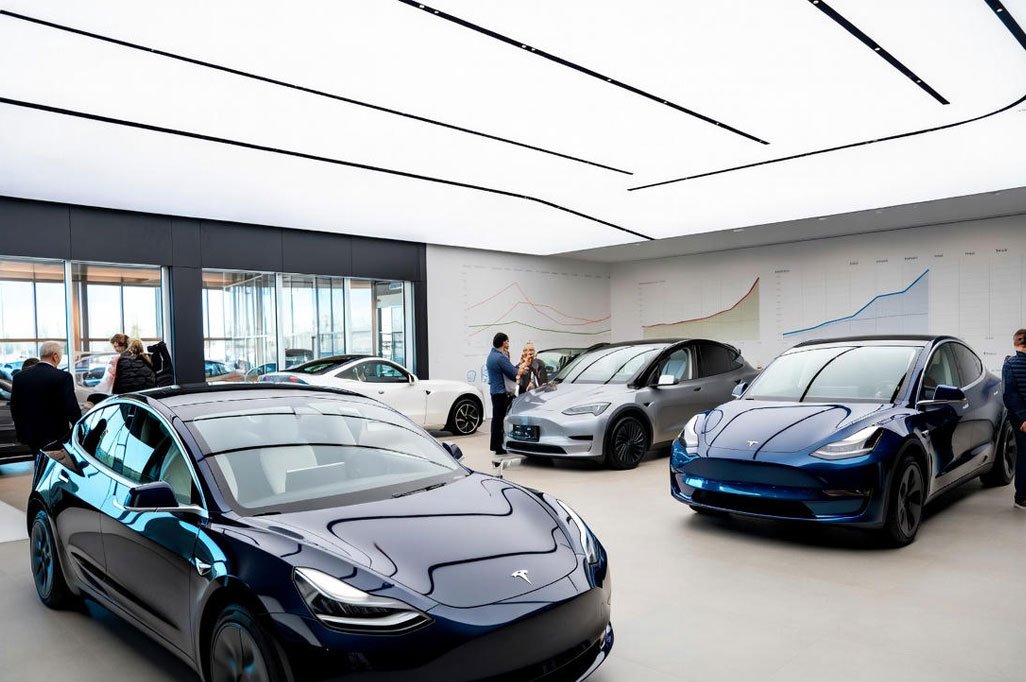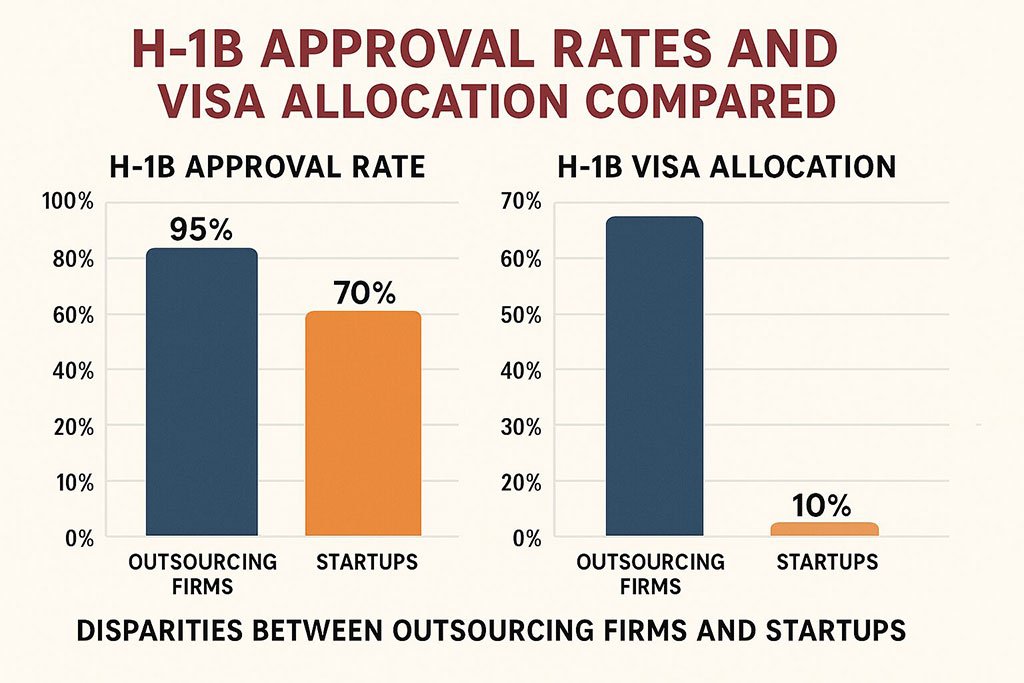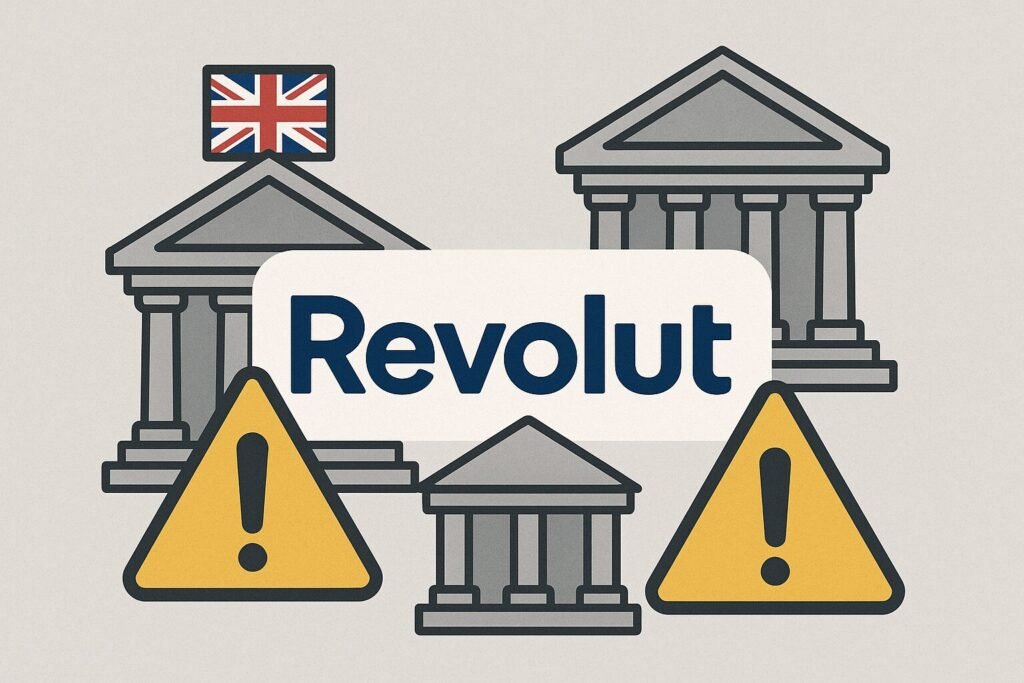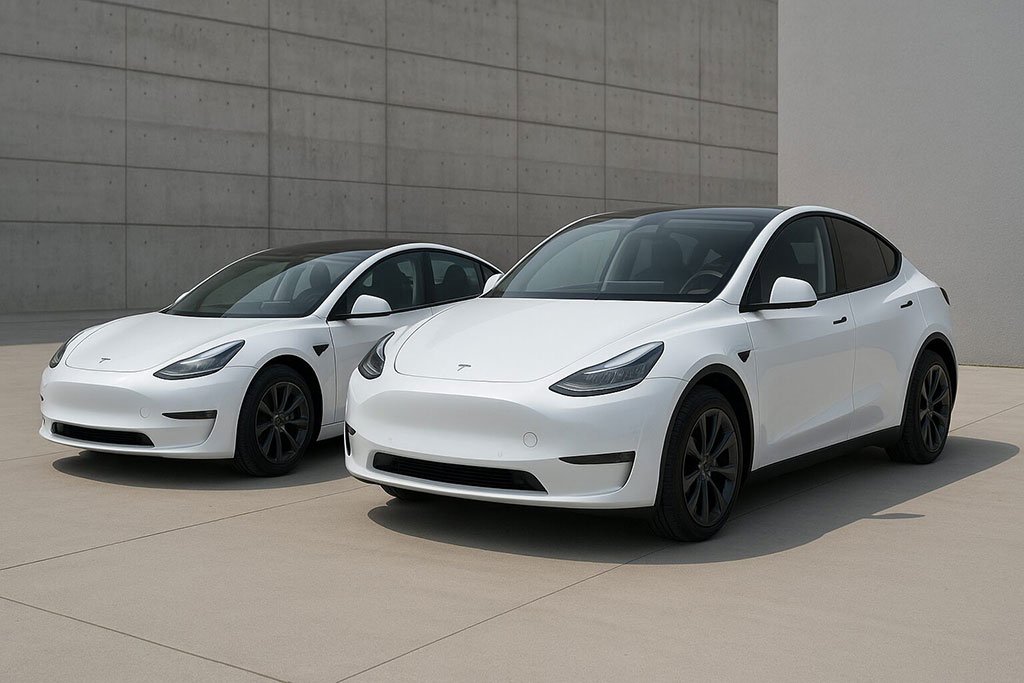Now Reading: Tesla Achieves Record-Breaking Sales as EV Tax Credit Comes to an End
-
01
Tesla Achieves Record-Breaking Sales as EV Tax Credit Comes to an End
Tesla Achieves Record-Breaking Sales as EV Tax Credit Comes to an End

In a pivotal moment for the electric vehicle (EV) market, Tesla has reported its highest-ever quarterly sales, coinciding with the expiration of federal EV tax credits. For automakers, policymakers, and consumers alike, this quarter offers insight into the accelerating adoption of electric mobility—and the influence of government incentives on consumer behavior.
Tesla’s record-breaking performance demonstrates that EV demand is no longer a niche trend—it’s becoming a mainstream reality, driven by sustainability concerns, technological advancements, and an increasingly eco-conscious global population. This article explores the factors behind Tesla’s historic quarter, the implications of the EV tax credit’s sunset, and what it means for the future of the automotive and energy industries worldwide.
Breaking Down the Numbers
Sales Figures and Key Metrics
Tesla delivered over 560,000 vehicles globally in the latest quarter, marking a new all-time high. This milestone surpasses previous quarterly records and underscores the company’s dominant position in the EV market.
Highlights:
-
Model 3 and Model Y remain the best-selling vehicles.
-
Growth driven by both North American and European markets.
-
Asia-Pacific expansion, particularly in China, contributed significantly.
According to EV Volumes, global EV sales grew by over 50% year-over-year in 2024, with Tesla accounting for nearly 25% of total EV deliveries worldwide.
Understanding the EV Tax Credit Factor
How Incentives Impact Sales
The federal EV tax credit, offering up to $7,500 for qualifying purchases, has historically spurred consumer demand. Tesla’s spike in deliveries this quarter is partially attributed to buyers rushing to qualify before the incentive expired.
Pros of Tax Credits
-
Reduces upfront cost for consumers.
-
Encourages adoption of environmentally friendly technologies.
-
Drives volume for automakers, supporting scaling of production and infrastructure.
Cons and Challenges
-
Creates sales volatility around credit deadlines.
-
Can strain production and delivery logistics when many buyers rush simultaneously.
-
Expires unevenly, potentially leaving late adopters without financial benefits.
Many Tesla buyers reportedly placed orders months in advance to ensure eligibility for the incentive, contributing to the record deliveries.
Global Market Dynamics Driving Tesla’s Growth
Why EVs Are Mainstream
While tax credits played a role, Tesla’s growth reflects broader global trends:
-
Sustainability Awareness: Consumers increasingly prioritize low-emission vehicles.
-
Energy Cost Savings: EV owners benefit from lower fuel and maintenance costs.
-
Technological Advancements: Longer-range batteries, supercharger networks, and software upgrades make Tesla vehicles highly appealing.
-
Corporate Fleets: Companies adopting EVs for environmental commitments also drive demand.
In Europe, Tesla’s Model Y achieved record popularity as governments push stricter CO2 emission standards, incentivizing corporate fleets and private buyers alike.
Tesla’s Strategic Moves and Innovation
How Tesla Maintains Market Leadership
-
Global Production Expansion: New factories in Texas, Berlin, and Shanghai ensure supply meets growing demand.
-
Battery Innovation: Tesla’s 4680 battery technology boosts range, efficiency, and production scalability.
-
Software and AI Integration: Autopilot updates, infotainment improvements, and over-the-air updates create continuous product value.
-
Brand Loyalty: Strong community and brand identity encourage repeat customers and referrals.
Tesla is not just selling cars—it’s selling a technology ecosystem encompassing renewable energy solutions, solar, and energy storage, which reinforces long-term consumer engagement.
Pros and Cons of Tesla’s Surge
Pros
-
Demonstrates EV adoption momentum.
-
Supports global carbon emission reduction goals.
-
Encourages other automakers to accelerate EV development.
Cons
-
Post-incentive sales may temporarily slow down.
-
Supply chain constraints could challenge production.
-
Increasing competition from legacy automakers entering the EV market.
Reader Tip: Think of Tesla’s surge like a tidal wave in the automotive industry—it sets the pace, reshapes expectations, and forces competitors to adapt quickly.
Post-Tax Credit Era
What Happens Next
Even as federal incentives expire, Tesla is well-positioned to maintain growth due to:
-
Global brand recognition and trust.
-
Innovative product pipeline, including Cybertruck and next-generation batteries.
-
Sustainable mobility trends accelerating worldwide.
Countries like China, Norway, and Germany continue to offer incentives, infrastructure, and policy support, sustaining EV adoption momentum even as U.S. credits lapse.
Tesla’s record quarter shows EV adoption is resilient and driven by more than just subsidies, notes EV analyst Jordan Raines. “Consumers are choosing EVs for efficiency, technology, and sustainability.”
Tesla’s historic sales quarter illustrates the resilience and appeal of electric vehicles, even as federal tax incentives expire. While incentives accelerate adoption, the broader factors—technology, sustainability, and global consumer demand—will continue to drive the EV market.
As Tesla leads the charge, automakers worldwide are adapting to this new era, accelerating innovation, and investing in infrastructure. For consumers, this is a moment to witness the transition to sustainable mobility at a global scale. Tesla’s record quarter isn’t just about numbers—it’s a signpost for the future of transportation.
Stay updated on EV trends, Tesla innovations, and global automotive insights. Subscribe to our newsletter for expert analysis, case studies, and market forecasts.
FAQs
-
What caused Tesla’s record sales this quarter?
A combination of strong global demand, tax credit expiration, and Tesla’s innovative offerings drove the surge. -
How many vehicles did Tesla deliver?
Tesla delivered over 560,000 vehicles globally in the latest quarter. -
Which models contributed most to sales?
Model 3 and Model Y were the top sellers. -
How did the EV tax credit influence purchases?
Many buyers accelerated orders to qualify for the expiring federal incentive. -
Will Tesla sales decline after the tax credit ends?
Sales may stabilize post-incentive, but global EV adoption trends suggest sustained demand. -
Which regions saw the highest growth?
North America, Europe, and Asia-Pacific, particularly China, drove most of the growth. -
How is Tesla maintaining its market leadership?
Through innovation, global production expansion, battery technology, and integrated software offerings. -
What does this mean for the global EV market?
It signals accelerating adoption, increasing competition, and greater focus on sustainable mobility. -
Are other automakers affected?
Yes, Tesla’s performance sets a benchmark, prompting competitors to accelerate EV production and innovation. -
What is Tesla’s long-term outlook?
Tesla continues to innovate, expand globally, and lead in sustainable mobility solutions.
Disclaimer:
All logos, trademarks, and brand names referenced herein remain the property of their respective owners. Content is provided for editorial and informational purposes only. Any AI-generated images or visualizations are illustrative and do not represent official assets or associated brands. Readers should verify details with official sources before making business or investment decisions.

































